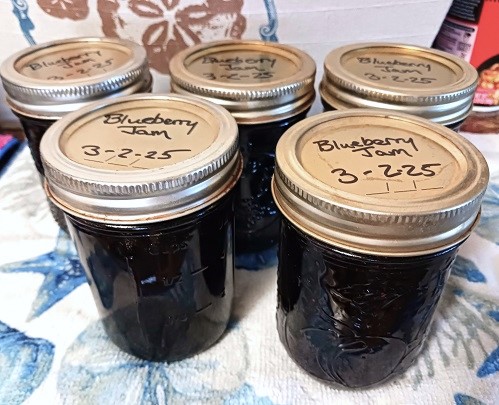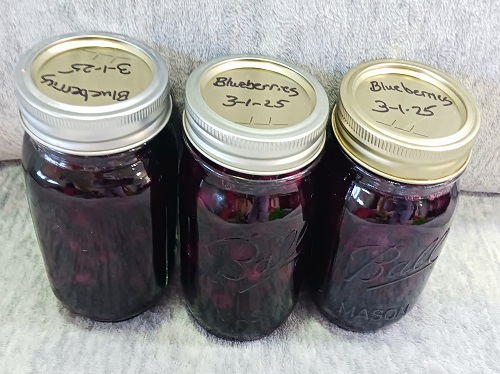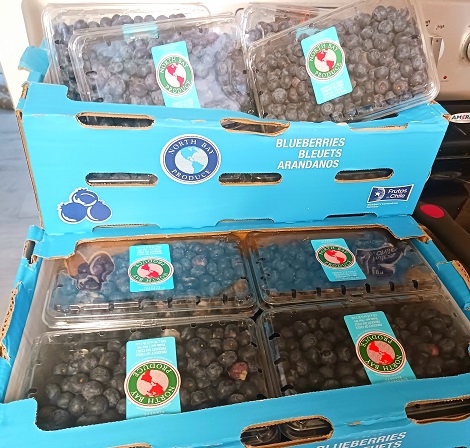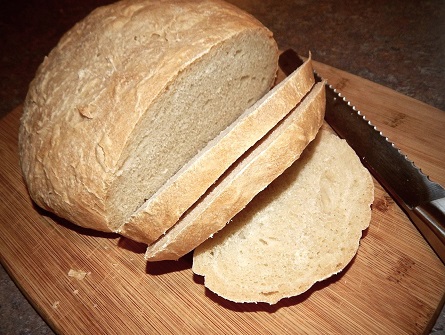Last month I obtained 16 large boxes of fresh blueberries from the local Farmer’s Market for a price that I couldn’t refuse. I got 16 packs for $10.00. I knew immediately I was going to make homemade blueberry jam which is one of my family’s favorite jam flavors. For this home canning recipe you’ll need liquid pectin along with a few other ingredients. This jam is preserved using a water bath canner. Recipe will yield approximate eight 8 oz. jars.
You will find 100+ easy home canning recipes along with tips on The Classy Chics blog.
** Post contains affiliate links.
Wash the blueberries in clean running water in your kitchen sink. I like to put them in a colander and let the water run over them. Remove all of the stems, debris and any damaged berries. Shake off excess water. Crush the berries in a large bowl using a potato masher until you have 4 1/2 cups of crushed blueberries.

Blueberry Jam Recipe
4 1/2 cups crushed blueberries
4 Tbsp. lemon juice (bottled or fresh squeezed)
7 cups granulated sugar
2 pouches 3 oz. each of Liquid Pectin
Prepare the water bath canner, glass mason jars, seals and rings following your water bath canner directions.
In a large saucepan combine together the crushed blueberries, lemon juice and granulated sugar. Bring the mixture up to medium to high heat, stirring constantly to prevent sticking. Bring to a full rolling boil. Stir in both pouches of Liquid Pectin. Boil hard for 1 full minute, stirring constantly. Turn off the heat. Skim off foam.
Ladle the hot jam into hot mason jars leavings 1/4″ headspace. Remove air bubbles. Wipe the jar’s rim. Add the hot seal, apply the metal ring adjusting it until it’s fingertip tight.
Place jars into the water bath canner. They need to be covered by at least 2″ of water. Place lid on the canner. Bring water to a boil and process the jars for 10 minutes. Turn off the heat and remove the lid. Let the jars sit in the hot water for 5 minutes. Remove jars. I like to place them on a cotton towel on my kitchen countertop to cool. Do not touch or move them for 24 hours.
After 24 hours check the jar’s seals. If they’re sealed…label and date the jars. If any jars didn’t seal you can reprocess using a new seal or refrigerate and use the content within a week.
* This post contains affiliate links. If you make a purchase, we may or may not receive a small commission which helps to support this site. Thank you!







